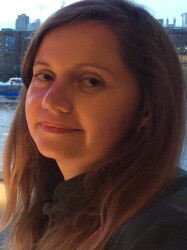BibTex format
@article{Soukup:2019:osf.io/pvgfn,
author = {Soukup, T and Lamb, BW and Green, J and Sevdalis, N},
doi = {osf.io/pvgfn},
title = {Cognitive catch-22: Observational assessment of decision-making, interactions and team dynamics across two equal temporal halves of multidisciplinary oncology team meetings},
url = {http://dx.doi.org/10.31234/osf.io/pvgfn},
year = {2019}
}

